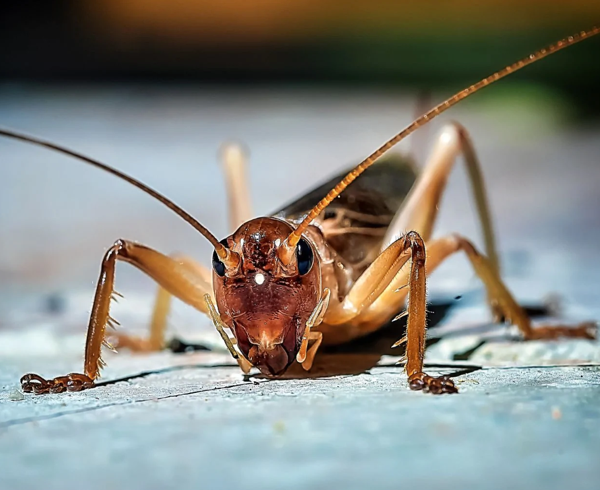Which insect can indicate the air temperature cricket

Which insect can indicate the air temperature? Cricket.

When it comes to the animal kingdom, there are many fascinating creatures that possess unique abilities and characteristics. One such insect that often goes unnoticed, but has the remarkable ability to indicate the air temperature, is the cricket.
Crickets are small, winged insects that belong to the family Gryllidae. These creatures are well-known for their distinctive chirping sound, which is produced by rubbing their wings together in a process called stridulation. It’s this very chirping that can give us valuable insights into the temperature of our surroundings.
Did you know that the frequency of a cricket’s chirping can be directly correlated to the air temperature? Yes, that’s right! By listening to the chirping rate of crickets, we can make an estimate of the temperature around us.
The relationship between the chirping rate of crickets and temperature was first discovered by an American scientist named Amos Dolbear in the late 19th century. Dolbear observed that as the temperature rises, the chirping rate of crickets also increases. This phenomenon can be attributed to the fact that crickets are ectothermic creatures, meaning their body temperature depends on the temperature of their environment.
Dolbear’s observation led to the development of a formula known as Dolbear’s Law, which relates the number of chirps produced by crickets to the air temperature. According to this formula, one can calculate the temperature by counting the number of chirps a cricket makes in a given period of time.
For instance, to estimate the air temperature in Fahrenheit, one needs to count the number of chirps a cricket makes in 14 seconds and add 40 to it. Alternatively, if one counts the number of chirps in 25 seconds and divides it by 3, then adds 4, it gives a fairly accurate approximation of the temperature in Celsius.

It’s important to note that this method is most effective when the temperature falls between 55°F and 100°F (or 12°C and 38°C). Outside this range, the relationship between chirps and temperature becomes less reliable.
This unique correlation between cricket chirping and temperature has fascinated scientists and nature enthusiasts alike. Apart from being an intriguing natural phenomenon, it can also serve as a useful survival skill in certain situations. For example, if you find yourself without a thermometer in the wilderness, you can rely on the chirping sounds of crickets to estimate the temperature.
In conclusion, the cricket is an extraordinary insect that can provide valuable information about the air temperature through its chirping rate. This remarkable ability has been studied and appreciated by scientists for over a century. Next time you hear the soothing sound of crickets chirping on a warm summer night, take a moment to appreciate their unique connection to the world around us.
Sources:
Tags
Share
Related Posts
Quick Links
Legal Stuff

